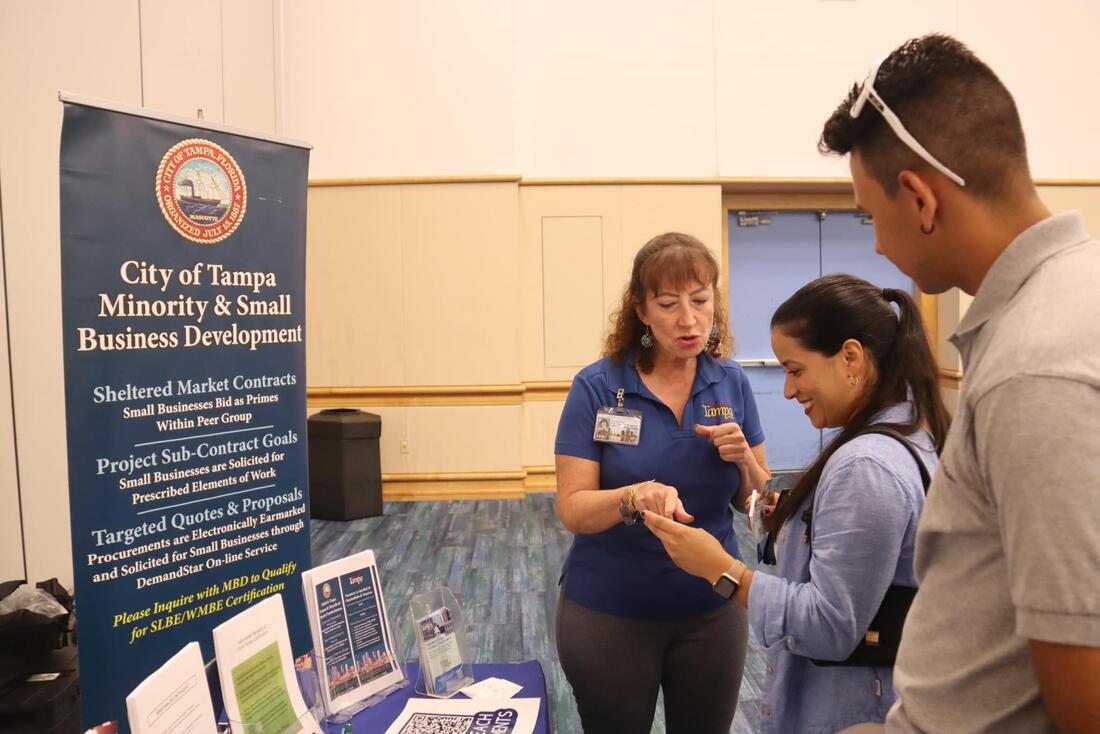Fashion
From Beaches To B Corp: How Faherty Leads In Sustainable Fashion

Co-Founders Mike Faherty, Kerry Docherty and Alex Faherty (left to right) launched Faherty back in … [+]
The global apparel industry is at a crossroads. It is responsible for 10% of global carbon emissions and producing 92 million tons of waste annually and brands are being challenged to reimagine sourcing, supply chains, and production like never before.
While there is a clear need for systemic change, the situation is also a growing opportunity for brands willing to lead the transformation toward a sustainable future. Amid this challenge, companies are increasingly turning to certifications like B Corp – a community of almost 10,000 companies with verified social and environmental performance – to guide them in aligning their operations with environmental and social responsibility while maintaining profitability.
I recently had the chance to sit down with Kerry Docherty, Co-Founder and Chief Impact Officer of Faherty, a family-run lifestyle brand known for its high-quality, coastal-inspired apparel. Not only is the company one of the latest apparel companies to join this movement, it is also 1% for the Planet member, which denotes they give 1% of their annual sales directly to vetted environmental partners. This dual distinction is held by only about 250 “B1” companies worldwide.
To mark this achievement, Faherty released its first-ever Impact Report that outlines ambitious sustainability goals for 2025 and 2030, including sourcing 100% responsible materials, reducing carbon emissions through ocean shipping, launching a take-back program, and achieving full supply chain traceability. The report also highlights Faherty’s collaborations with Circulose to develop circular materials and forming ongoing partnerships with Native artists and brands to end appropriation in fashion.
I had an opportunity of Faherty, who described the certification as both a milestone and a challenge to do more. In our conversation, she discusses Faherty’s journey to B Corp certification, highlights from the company’s Impact Report and how the brand is tackling fashion’s most pressing sustainability issues.
Christopher Marquis: Congrats on B-Corp certification! Tell us about Faherty’s origin story, and when did sustainability become a part of that?
Kerry Docherty: Mike, my brother in law, had always loved fashion and wrote his college essay about the ultimate fashion brand he wanted to create. In 2013, he, my husband Alex (Mike’s identical twin) and I quit our jobs to launch the brand, alongside Alex and Mike’s mom, Ninie. The idea was to blend premium quality with a relaxed, beach-inspired aesthetic. From the very first product, a men’s swim short, we focused on sustainability and craftsmanship, sourcing recycled materials and ensuring responsible production processes. We knew as a family we wanted to do things differently; to move away from the take-make-waste model, to amplify the work of fellow changemakers and support those working in intersectional justice. We continue to innovate and improve to make products that are higher quality and lower impact and support good people and organizations doing good work.
Marquis: I see you recently achieved B-Corp certification and are also a 1% for the Planet company, what made you want to do both?
Docherty: We have been members of 1% for the Planet since 2017. 1% for the Planet was founded on the idea that a company has a responsibility to give back financially for use of our planet’s resources. Faherty pledges 1% of our swim sales back to the Surfrider Foundation. I always admired the community of B Corporations and the stringent requirements to become certified. While our mindset was to operate as if we were a B Corp, actually achieving the status was not something that could be achieved immediately. It would take many years of improving processes and procedures and committing to tracking our supply chain and beyond – all across the company. The B1 status is a movement we just recently learned about and are very excited and proud to be included in this group – it ensures that we are making an impact socially, environmentally and financially.
Marquis: What did you learn through the B-Corp process? How has Faherty changed as a result?
Docherty: Through completing the B Impact Assessment we identified our areas of strength and also areas that need improvement in the coming years:
Regarding community, we were able to highlight our Indigenous partnerships and our work to end the appropriation of native artwork, design, and culture. In terms of environment, our resale program Second Wave underscored the importance of circular business models in the fashion industry. And then for customers, we accentuated our incredible retail team, who strive to add value for our customers with excellent customer service, satisfaction, and retention.
It also became clear that we need to make a big commitment to reduce our GHG emissions, increase the transparency of our global supply chain, and share our strategy, goals, and progress publicly. These renewed areas of focus are included in our inaugural impact report.
Marquis: I was interested to read about supplier transparency being part of your sustainability pillar – why is that important to you, and do your customers care? Can you say a bit more about how you assess that?
Docherty: Supplier transparency is necessary to lower our impact and make our products responsibly. Understanding our supply chain can highlight lower impact practices, such as preferred materials and responsible waste management. It helps ensure that suppliers adhere to ethical labor practices, including fair wages, safe working conditions, and no child labor. We believe transparency builds trust with consumers. When brands are open about where and how their products are made, it fosters loyalty and a positive brand image. Consumers are increasingly looking for products that align with their values. Transparency allows them to choose brands that support ethical and sustainable practices, promoting more responsible consumption. At the same time, many regions are implementing stricter regulations around supply chain transparency. Brands that prioritize this are better positioned to comply with evolving laws and standards.
Marquis: Circularity seems to be abuzz with programs launching in nearly every retail sector; can you say more about how your program is authentically contributing to reducing waste and shifting customer behavior?
Docherty: Sustainability is circularity and vice versa. We couldn’t claim to be a responsible brand without addressing circularity in our own operations and our global supply chain. We are looking at the waste we create as a brand, in our office, in our stores, and at our manufacturers and incorporating methods to reduce, reuse, resell and recycle products and raw materials. We are very proud of our resale program Second Wave and believe through a peer-to-peer and managed inventory model we can prevent our products from going to landfill. The next phase for Second Wave is a take-back model, which we are currently working on. And, at the forefront of it all, is ensuring that we make clothes to last… because you can have a circularity program, but if your clothes don’t withstand the test of time, it’s a bit of a ruse. Creating high quality materials matters.
Marquis: How do you navigate pushing your customers to invest in Faherty while also promoting sustainability and avoiding fast fashion?
Docherty: The clothing industry is inherently extractive and unsustainable, and we have found that the only way to exist in it is to be in partnership with organizations, individuals, and communities who dream of and show up in better ways. We want to provide high quality products that last and are made to have a second life. I think our customers can now see all the work we are doing, and they can trust that we do what we say we do.








